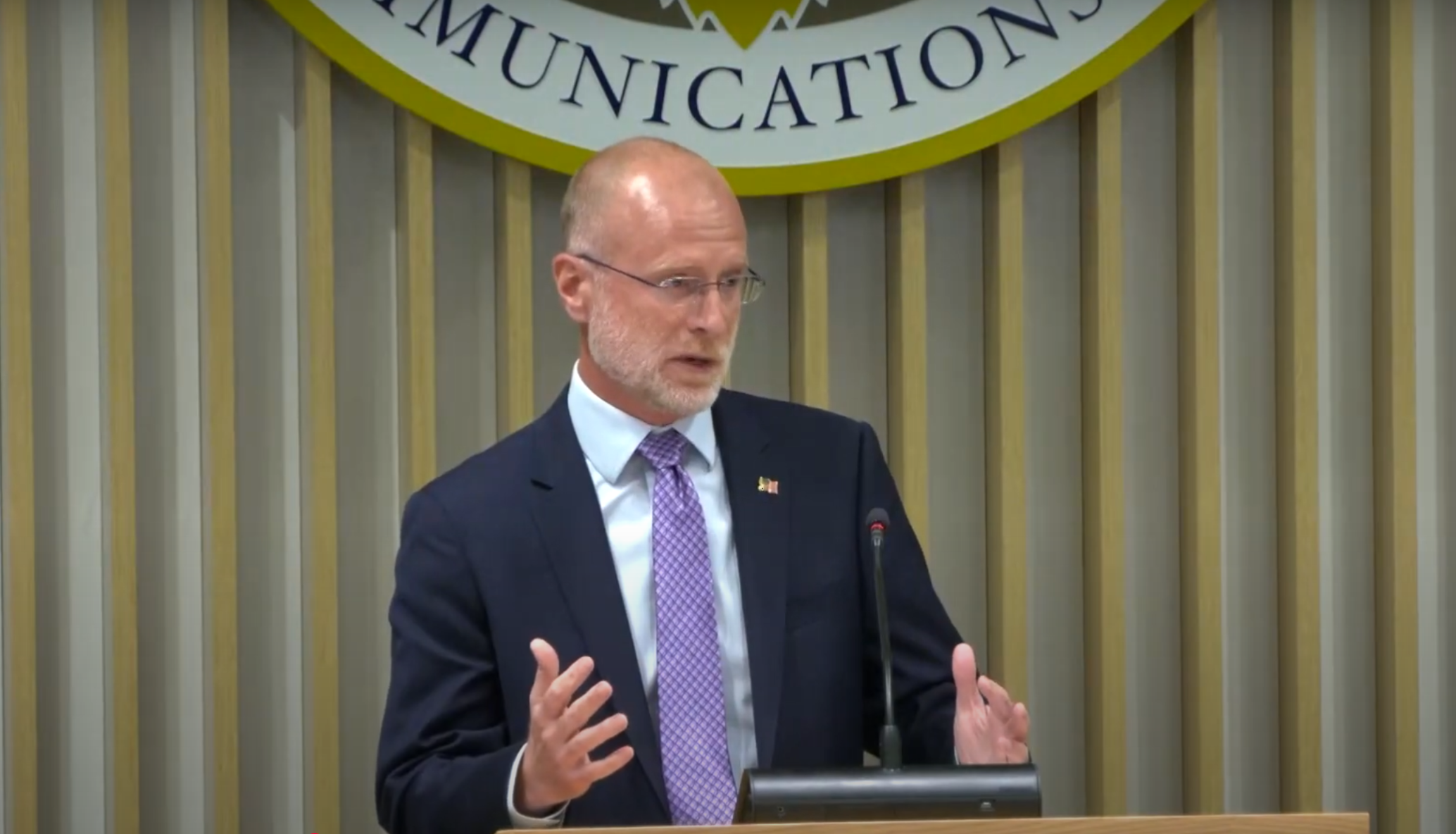VSN will be presenting important novelties at IBC2010
The 'Live' version of vsnIPTransfer, the UMP transfer accelerator and the virtual set vsnfreemove will be shown for the first time. Also, the Spider project shows the first draft of the new workflow architecture developed by the Spanish company.
The Amsterdam trade show will be the place chosen by VSN to unveil to their customers their new products and versions of their media asset management and broadcast automation systems for digital tapeless environments.
Version 6.1 of vsn IPTransfer shows the important advances recently developed by VSN concerning file transfer technologies. As the main highlights, we can emphasize the ability to make Live transfers and register video files in the central server; the possibility for uncompressed transferring, i.e. DVCPro25 MXF; a complete new delivery-reception chain in .mov formats; considerable speed increase and, optionally, the possibility to work with the new UMP protocol. This technology, entirely designed by VSN, provides considerable increases in transfer speed, especially when distance among nodes is very long.
The revolutionary and affordable virtual set vsnfreemove 1.5 will be presented for the first time in Europe this year. This solution makes this technology available to small/medium size TV stations. vsnfreemove does not need tracking systems to create camera movements and perfect embeddings. It features 4 video inputs (cameras and/or line), 10 scene memory, integrated mixer and a digital quality level unique in its segment.
More than a year ago, VSN started an important R&D project, called Spider, in search for a higher level of integration among the media asset management (MAM), automation, traffic and TV workflows (BMP) areas. The first results of this effort will be shown to VSN world partners at the IBC. The new VSN solutions architecture includes three different levels or 'layers': a) the system's static layer, namely, databases, MAM, playlists, contracts, rights, event registration, device control, etc; b) the dynamic layer: basically management of programming, ingest, validation, post-production, archive and broadcast playout workflows; c) communication/integration services among the different VSN and third-party modules.
The principal consequences of the new architecture are an unbounded scalability, the possibility to customize the workflows to meet the needs of each customer, a total level of integration among the channel's all working units (management, scheduling, archive, traffic, news, etc.) and, finally, the adoption of open protocols (web services, REST, SOAP, etc.) with an aim to integrate any third-party manufacturer's solution in the VSN ecosystem without a problem. The Spider project will be established in the next months with the new versions of all the traditional modules (MAM-archive, traffic, news, etc.) of the Spanish manufacturer.
The professional video industry's #1 source for news, trends and product and tech information. Sign up below.
